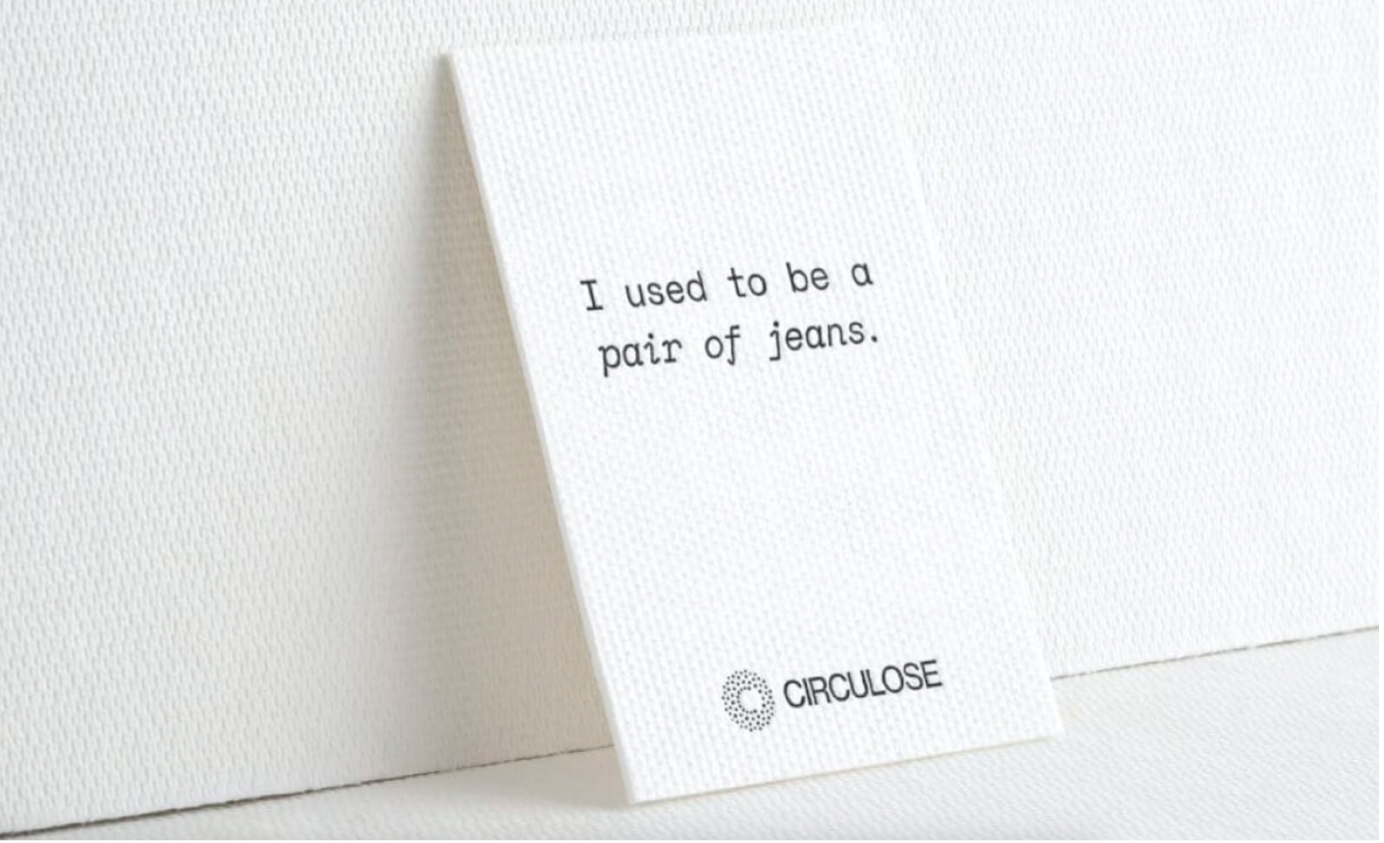Renewcell's Rise, Fall, and the Road to Sustainable Fashion

In the vibrant landscape of fashion, where trends flicker like stars in the night sky, there's a quiet revolution underway—one that seeks to weave sustainability into the very fabric of our clothing. At the heart of this movement was Renewcell, a Swedish trailblazer in textile recycling. But as with any epic tale, there are highs, lows, and lessons to be learned.
Renewcell emerged as a beacon of hope, armed with a mission to rescue old garments from the clutches of landfills. Their ingenious process involved transforming worn-out cotton clothes into Circulose—a sustainable material ready to be reborn into new threads of possibility. It was a noble endeavor, one that aimed to disrupt the linear fashion economy and pave the way for circularity.
For over a decade, Renewcell journeyed through valleys of innovation and peaks of progress. With $10.6 million in venture funding fueling their ambitions, they set their sights on a lofty goal: recycling 1.4 billion T-shirts annually by 2030. Their dedication to sustainability was commendable, but their path was fraught with challenges.
The Achilles' heel of textile recycling lay in the very essence of cotton itself—its fibers, short and stubborn, posed a formidable obstacle. Despite their best efforts, Renewcell struggled to secure long-term financing, stumbling at the precipice of their dreams. In February 2024, they succumbed to the harsh realities of the industry and filed for bankruptcy.
The news sent ripples through the fashion world, sparking conversations about the viability of circular fashion. Yet, amidst the somber notes of Renewcell's downfall, there emerged a glimmer of hope—a beacon of resilience and determination.
The fashion industry stands at a crossroads, grappling with its environmental footprint and the urgent need for change. McKinsey's sobering statistics reveal the industry's role in contributing 4 percent of global carbon emissions—a figure that cannot be ignored. Yet, within this labyrinth of challenges lies a path illuminated by innovation and regulation.
In Europe, legislative winds of change blow strong, with laws banning textile dumping in landfills and mandating producer responsibility for recycling. Across the Atlantic, states like Massachusetts and California are paving their own paths toward sustainability, signaling a shift towards circularity.
But the journey towards sustainable fashion is not one that can be undertaken alone. It requires a collective effort—a symphony of voices demanding change and holding brands accountable. As consumers, we wield the power to shape the industry through our choices and actions.
Let us embrace the ethos of "reduce, reuse, recycle," breathing new life into old garments and championing second-hand fashion. Let us support brands that prioritize sustainability and transparency, paving the way for a brighter, greener future.
Renewcell's story serves as a poignant reminder of the challenges inherent in the pursuit of sustainability. But it also underscores the resilience of the human spirit—the capacity to rise from the ashes and forge a new path forward.
As we bid farewell to Renewcell, let us honor their legacy by continuing to push the boundaries of sustainable fashion. For in the ashes of failure lie the seeds of growth and renewal—reminding us that the journey towards sustainability is not a sprint but a marathon, and every step forward is a victory worth celebrating.





Leave a comment